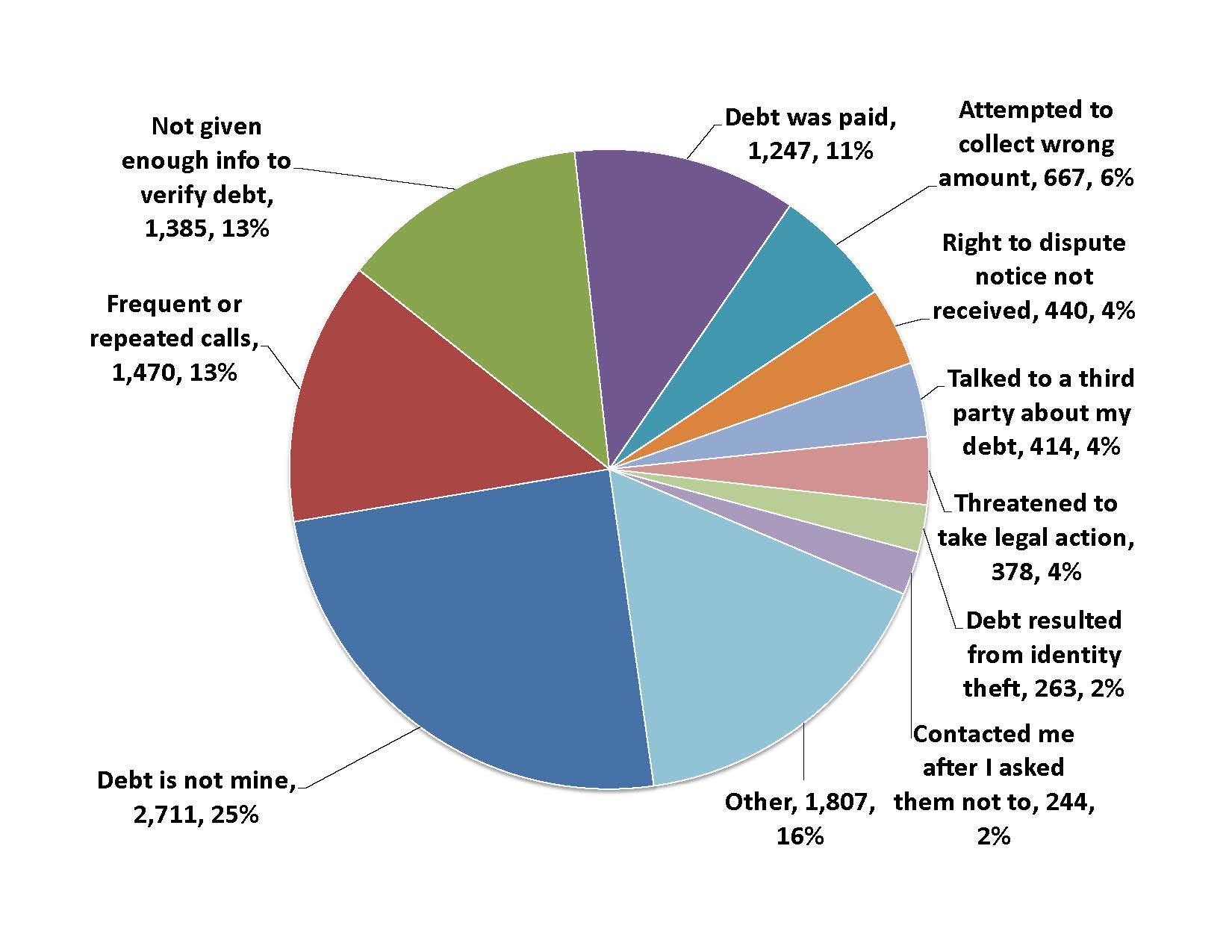Americans’ transportation habits have changed. The average American drives 7.6 percent fewer miles today than when per-capita driving peaked in 2004.
A review of data from the Federal Highway Administration, Federal Transit Administration and Census Bureau for America’s 100 most populous urbanized areas – which are home to over half of the nation’s population – shows that the decline in per-capita driving has taken place in a wide variety of regions. From 2006 to 2011, the average number of miles driven per resident fell in almost three-quarters of America’s largest urbanized areas for which up-to-date and accurate data are available. Most urbanized areas have also seen increases in public transit use and bicycle commuting and decreases in the share of households owning a car. (See Figure ES-1.)
Figure ES-1: Driving Is Declining and Non-Driving Transportation Is Increasing in Urbanized Areas
The first five data bars (“Increase in the proportion of workers working at home” to “Increase in the percent of car-less households”) measure the 100 most populous urbanized areas from 2000 to 2010. The “Decrease in vehicle-miles traveled per capita” measures the 74 (out of the 100) most populous urbanized areas for which comparable data exist from 2006 to 2011. The “Increase in transit passenger-miles traveled per capita” measures the 98 (out of 100) most populous urbanized areas for which comparable data exist from 2005 to 2010.Regional, state and federal officials need to account for changing trends in driving as they consider how to adapt their transportation policies and infrastructure plans to a new future of slower growth in vehicle travel.
